YOU CAN ALSO WATCH AND PURCHASE THE GAME IN ONLINE FORMAT
Separately, you can purchase a larger fabric field for this game.
Publisher: MACards
Includes:
1. Field
2. Deck portrait cards (25 pcs.)
3. Deck of story cards (30 pcs.)
4. Deck of resource cards (30 pcs.)
5. Cards with words (35 pcs.)
6 . Cards with questions for stage No. 4 (10 pcs.)
7. Cards with tasks for stage No. 4 (10 pcs.)
8. Methodological guide
9. Card with mini-instructions for the presenter< br> 10. Gratitude Practice Card
11. D6 Dice
12. Chips (4 pcs.)
13. Participant Form (A printed copy is located in the center of the manual. You can carefully remove the sheets from the staples and scan them before the game, or download them using the QR code and print them yourself.)
You may also need in the game: pens and paper for writing; additional decks of cards (portrait, story, resource) if the number of participants exceeds 4 people.
For specialists, there is an opportunity for an additional fee to undergo training in playing the game and receive a certificate. To do this, you need to write to the training coach (contacts are indicated in the instructions)
About the game
The psychological game “In Dialogue” is aimed at exploring interpersonal relationships. Relationships are a very important and integral part of our lives, we experience feelings of attachment to family, friends, lovers. Unfortunately, often these relationships may not develop exactly the way we would like, which is why this game was created – it will help you explore problematic, destructive situations, analyze behavior in relationships, and also find ways to strengthen and continue this interaction.
Goals and objectives:
analysis and research of behavior in relationships
solving problems in relationships
strengthening relationships
Possible requests for the game:
understand a conflict situation
bring new ones into relationships emotions, revive feelings
explore whether it is worth continuing the current relationship
strengthen trust and mutual understanding in a couple
The game was originally created as an assistant in the field of romantic relationships with partners, but we are sure that it can also be used in the case of research Any other interpersonal interactions, for example, with a parent or parental figure, with a boyfriend or girlfriend, the word game will help you in exploring all types of close relationships.
Possible game formats:
1. group game with a leader
2. individual game with a leader (within the framework of psychological consultation)
3. independent play within the framework of self-knowledge and self-help (without a leader)
Number of participants: optimal – up to 6. When more than 4 people participate, it is recommended to use additional decks of metaphorical cards: portrait cards, for example, “Portraits and Faces”, “Dance of Images”; resource-based, for example, “Internal support”; plot-based, for example, “Projection” or specialized in working with relationships, for example, “He and She”, “Reflection”.
Theoretical basis of the game
The game is based on several theoretical and methodological principles. It was created based on the works of John Bowlby and Sue Johnson.
In the 21st century, relationships have become the main aspect of people’s emotional lives. Sue Johnson argues that love is the perfect evolutionary mechanism that allows humans to survive as a species. It helps build emotional connections with loved ones, which provides protection and support. Bowlby believed that the quality of relationships with loved ones and early emotional deprivation are the key to the formation of personality and the ability to build relationships in the future. Despite the fact that many view attachment solely in the context of childhood development and its impact on a person’s future, Bowlby himself argued that the need for intimacy does not disappear with age. Subsequently, numerous studies were conducted to confirm the attachment hypothesis in adulthood. Scientists have come to several important results:
1. emotional closeness and confidence in a partner’s reliability makes it easier to accept and provide support
2. in a secure relationship, people resolve conflicts more easily
3. reliable relationships strengthen a person’s self-confidence< br> 4. the closer and safer our partner seems to us, the more independent we ourselves are
Unfortunately, on the way to secure attachment, many people encounter difficulties in relationships. Johnson writes that most conflict is a protest against emotional disconnection.
Basics of working with metaphorical cards
Metaphorical cards are a projective tool for a psychologist that helps communicate with unconscious feelings, motives, desires and impulses, while bypassing the defense mechanisms of the psyche. The main operating principle of the MAC is projection. In terms of their content, cards are various kinds of images that evoke an individual response in each person (thoughts, feelings, needs, experiences). The same card can evoke completely different associations in different people, since thanks to the projection mechanism, everyone will interpret the images through the prism of current experiences.
General rules
The game is built on the principle of successive stages, the passage of which will allow you to systematically explore the topic of relationships . Participants take turns moving their pieces and making moves, and in one round, participants work through one stage, the same for everyone (however, tasks within a stage may be different for different players). In the final stages of the game, participants may split up and go their separate ways, depending on whether they decide to pursue further strengthening of the current relationship or not.
The preferred mechanics of moves in the game is the following algorithm (relevant for group play): at the beginning During the turn, all participants take turns throwing the dice (in those stages where this is provided), then drawing cards. Next, the facilitator gives participants preparation time (approximately 3-5 minutes), during which they reflect on their task, write down notes, and prepare a response. Then, in turn, determined at the beginning of the game with the cube, the participants voice out loud the answers to the tasks and insights on the cards.
The game, like a consultation or any psychological impact, should become a space of safety and non-judgment for the participants. For many participants, the game can be quite a stressful and disturbing event, so it is important for the facilitator to maintain a safe atmosphere, respond empathetically to the statements of the players and not make value judgments.
Rules of participation that are important to voice to the players:
1. “I” is a statement. This is a statement in which a person talks about his intentions, feelings, vision and state.
2. Non-judgmental acceptance. Participants cannot voice personal assessments of other people’s situations, criticism or advice, unless another participant has asked for it.
3. Confidentiality. All stories told remain in the game space.
4. Desire and active participation. The participant has the right to refuse any question or task. However, the game will be more effective if the participant completes it in a state of involvement and activity.
5. The time for preparation and response is regulated, it is important to track it during the game.
6. Within 72 hours after the game, participants should not take actions leading to drastic changes in their lives. Often during the game certain insights arise that can prompt changes, but it is better to “live” with these thoughts for a few days and think about them.
The game contains some stages and tasks in which participants will need the help of other players. However, at the discretion of the presenter, “audience help” can be used at any point in the process. Group interaction is a very important component of the game, which reveals many unconscious internal processes and allows you to look at the situation differently, discover something unique and new.
We are convinced that it is the presenter who works, and not the game itself. The personality of the host is very important in running the game – be yourself and don’t be afraid to bring something unique and special to the game algorithm. In addition, it is important for the presenter to remember the peculiarities of group dynamics (provided that the game is a group one). Each group is a reflection of a mini-community; during the game, participants can take certain roles in relation to each other and the leader. Don’t be afraid of these processes, because they will add more content for discussion and interpretation during the game.
According to I. Yalom, participants in group interaction often become aware of important aspects of their interpersonal behavior, as they receive feedback from others and observe themselves in this interaction, which leads to reflection and awareness of their strengths, limitations and strategies behavior.








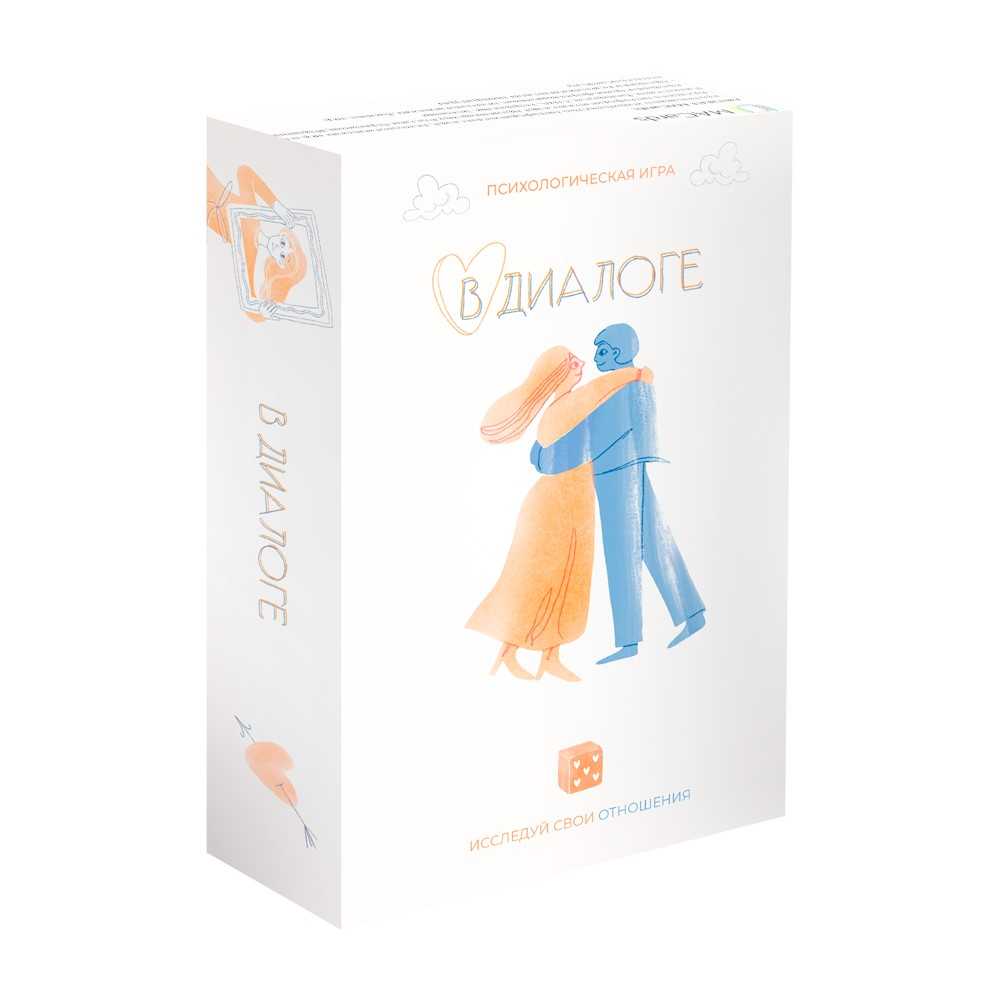
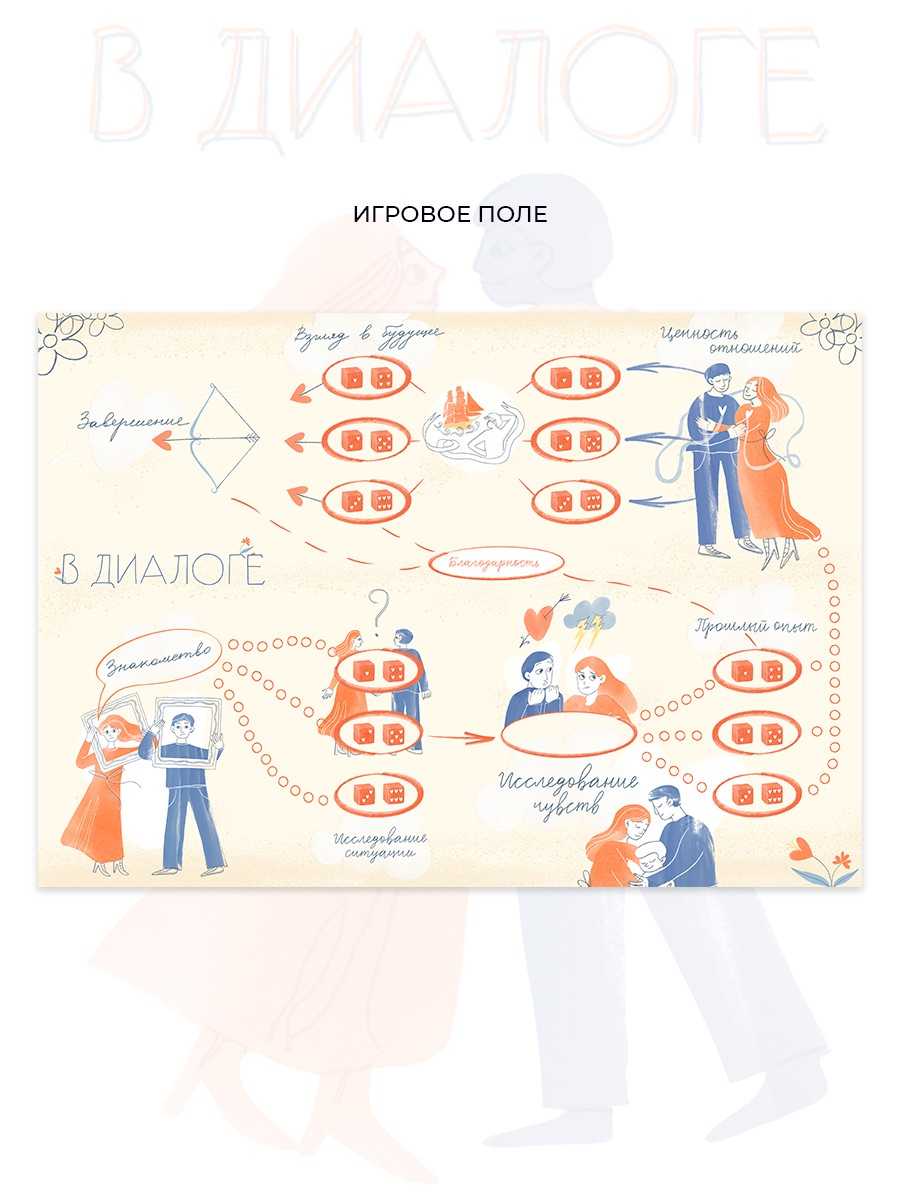
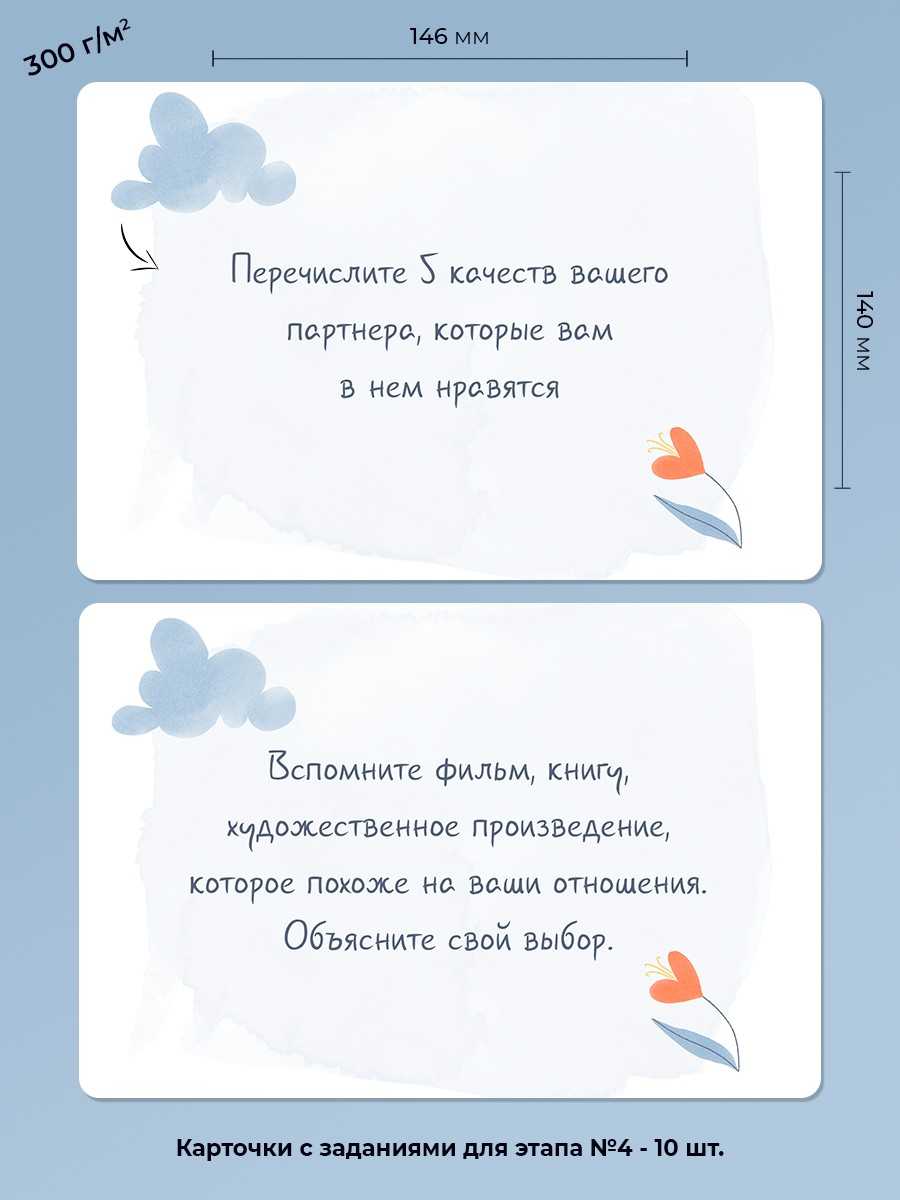


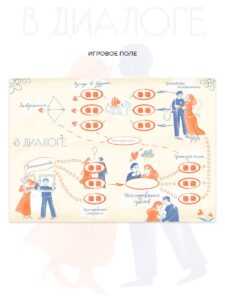


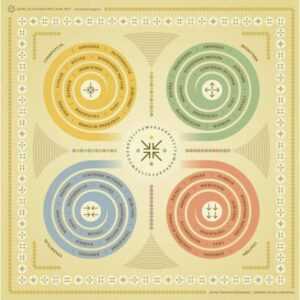
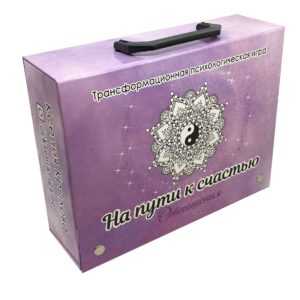
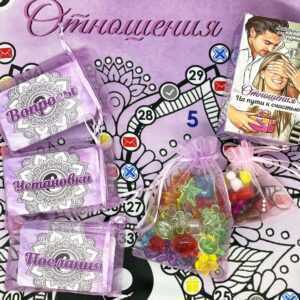
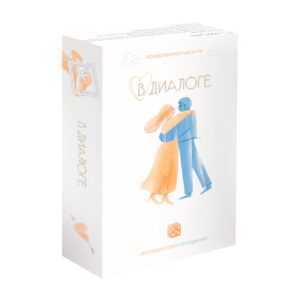
Reviews
Clear filtersThere are no reviews yet.